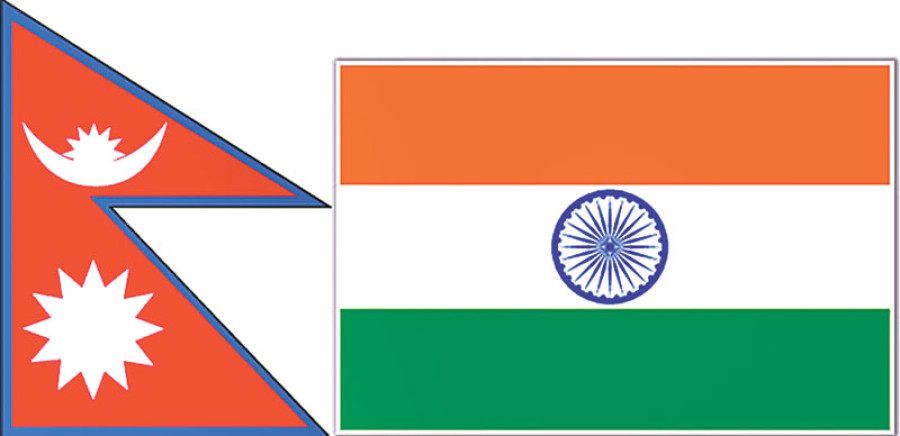Money
Butwal-Gorakhpur cross-border transmission line: Nepal, India to finalise DPR of 400 kVA power line
Nepal and India have agreed to finalise the detailed project report (DPR) of the proposed Butwal-Gorakhpur cross-border transmission line prepared by the joint technical team representing both the countries.
Bibek Subedi
Nepal and India have agreed to finalise the detailed project report (DPR) of the proposed Butwal-Gorakhpur cross-border transmission line prepared by the joint technical team representing both the countries.
The Joint Steering Committee (JSC) meetings at the secretary and joint secretary levels held on Monday and Tuesday agreed to finalise the DPR of 400kVA power line after consulting with experts and stakeholders of the respective countries.
“The meeting decided to endorse the DPR very soon,” said Dinesh Kumar Ghimire, joint secretary at the Energy Ministry and a key member of the Nepali side in the meeting. “Similarly, the meeting also decided to form another joint technical team to study and suggest the funding modality for the construction of the cross-border transmission line.” At the meetings, the Nepali officials proposed the modality where Nepal and India will separately build the portion of the power line that lies within their respective territories. Around 35km out of 130km transmission line falls on the Nepali territory and the rest on the Indian side. “Probably, the next JSC meeting will decide on the funding modality of the transmission line,” said an official at the Energy Ministry.
Nepal and India had agreed to build the Butwal-Gorakhpur cross-border transmission line during the earlier edition of the JSC meeting held in June in New Delhi and had formed a joint technical team to prepare the DPR. According to Energy Ministry officials, the new transmission line is being installed as a backup to the Muzaffarpur-Dhalkebar transmission line to ensure uninterrupted power supply. “Alternative cross-border transmission line is must for reliability as well as easier distribution of the power throughout the country,” said a ministry source.
The ministry is according top priority to the new transmission line as it can efficiently distribute imported power to high energy consuming cities like Bhairahawa, Butwal, Pokhara and Narayangadh which are within easy reach. Moreover, the transmission line will be useful to evacuate surplus energy produced in the Budhi Gandaki and Marshyangdi corridors once various under-construction hydro projects in those areas come online.
Likewise, the meeting also decided to give continuity to the current import of 145MW of electricity through Muzaffarpur-Dhalkebar transmission line till May and increase it to 100MW from the recently upgraded 132kVa Raxul-Parwanipur transmission line.
‘Official take on guidelines soon’
KATHMANDU: The government is planning to make official comment on the recently issued guidelines on cross-border power trade by the Indian Power Ministry.
Nepal is conducting a detailed study on the guidelines and it will soon make a written comment, Energy Ministry officials said, during the Joint Steering Committee (JSC) meetings. “We will make an official statement whether the guidelines is based on the spirit of power trade agreement (PTA) signed by both countries in 2014,” said Dinesh Kumar Ghimire, joint secretary at the ministry.
In December 2016, the Indian Power Minister had issued discriminatory guidelines under which only companies in Nepal which are wholly owned by the Indian government or the public sector, or private companies with a 51 percent or higher Indian stake would be eligible to export power to India.
These companies will be given a one-time approval to sell power to India, according to the guidelines. Also, companies owned or controlled by the Nepali government will be allowed to sell power to India after getting a one-time approval from the Indian authorities, according to the new rules.
However, private companies owned by Nepali or third-country developers interested in exporting power to the Indian market can do so only “after obtaining the approval of the designated authority on a case-to-case basis”, according to the guidelines.




 18.12°C Kathmandu
18.12°C Kathmandu














